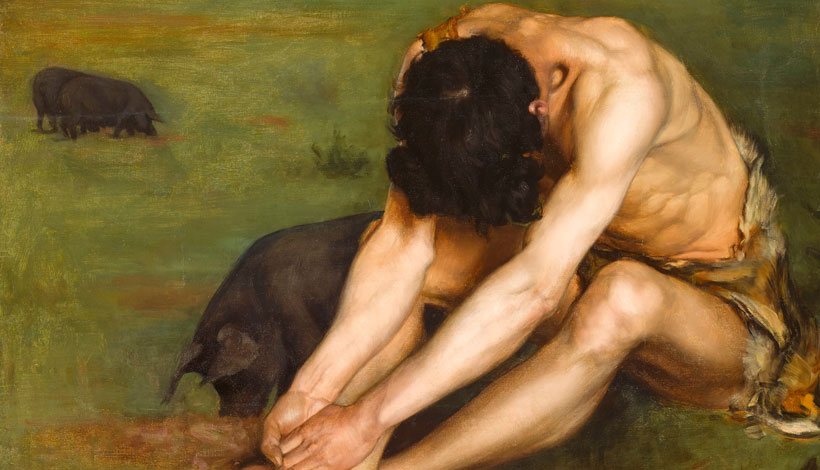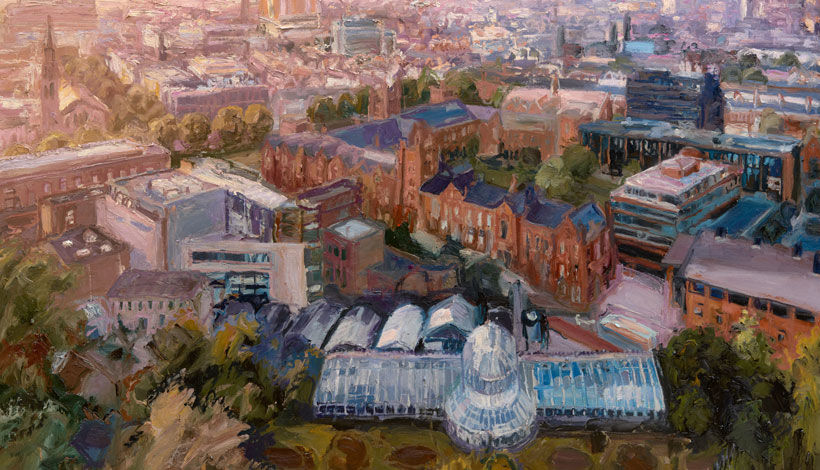Julian Campbell finds that sculptor Peter McTigue’s traditional methods belie a resolutely Modernist vision.
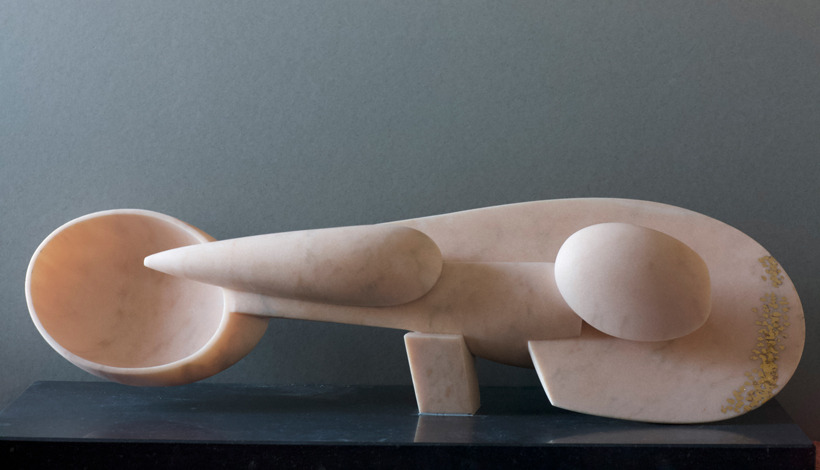
Julian Campbell finds that sculptor Peter McTigue’s traditional methods belie a resolutely Modernist vision.
Cork-based sculptor Peter McTigue was a student for eight years and a teacher of sculpture at art college for thirty-five. He has worked as a marble-carver for over fifty years. His work has been exhibited at the RHA and other venues in Dublin, Cork and elsewhere and has been praised by art critics. His sculptures have been acquired by the Crawford Art Gallery, the AIB and the Arts Council, commissioned for the chapel at Lough Derg and collected by other sculptors. He is amongst the leading Irish sculptors, yet his name has rarely been mentioned in dictionaries of Irish art or discussions of contemporary sculpture and he remains little known in the Irish art world. This may be partly because he uses traditional materials, primarily marble, and traditional techniques – carving by hand with a hammer and chisel – working with painstaking slowness. And partly because he shuns the limelight.
To read this article in full, subscribe or buy this edition of the Irish Art Review
Cork-based sculptor Peter McTigue was a student for eight years and a teacher of sculpture at art college for thirty-five. He has worked as a marble-carver for over fifty years. His work has been exhibited at the RHA and other venues in Dublin, Cork and elsewhere and has been praised by art critics. His sculptures have been acquired by the Crawford Art Gallery, the AIB and the Arts Council, commissioned for the chapel at Lough Derg and collected by other sculptors. He is amongst the leading Irish sculptors, yet his name has rarely been mentioned in dictionaries of Irish art or discussions of contemporary sculpture and he remains little known in the Irish art world.
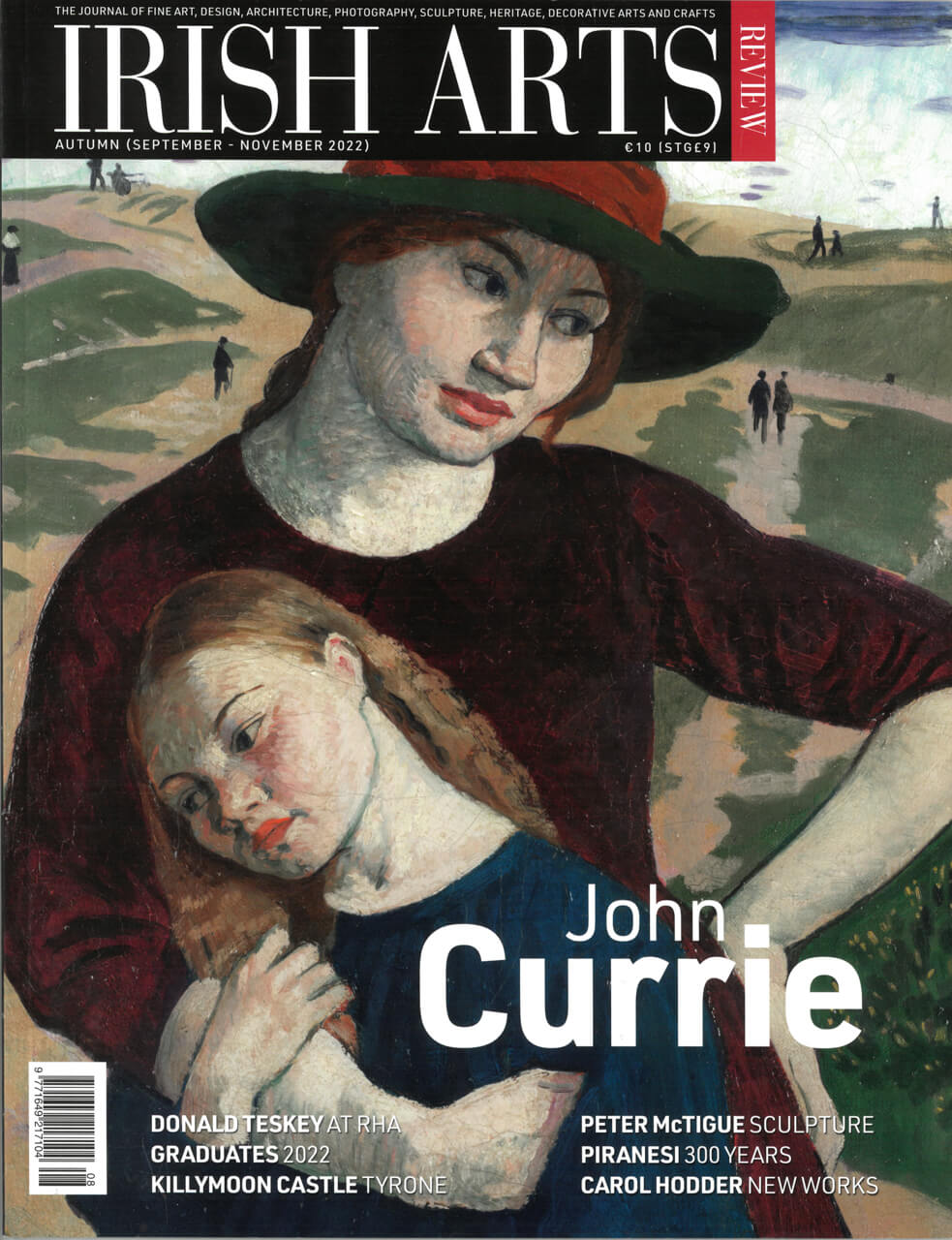
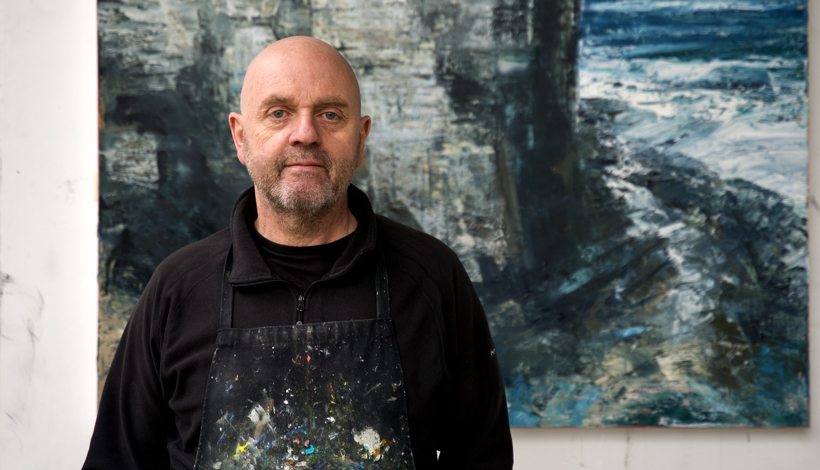
John P O’Sullivan investigates painterly values and pitfalls with Donald Teskey, ahead of his mid-career survey at the RHA
